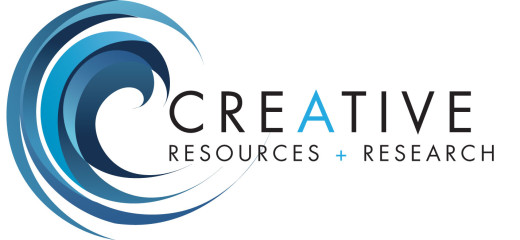5 Pitfalls of Using a Grant Proposal Template
Grant writing is a critical process for nonprofits seeking funding to support their initiatives. Many organizations turn to grant writing templates as a shortcut to prepare their grant proposals. However, relying solely on templates can lead to several pitfalls that diminish the chances of securing funding. In this blog post, we will explore the key drawbacks of using a grant proposal template and provide alternative strategies for success.
1. Lack of Customization
Grant writing templates provide a generic framework that fails to address the unique needs and goals of your organization. Funders are looking for proposals that align closely with their funding objectives, and using a templated approach can make your application appear generic and unfocused. Customizing your proposal based on the funder’s priorities increases the likelihood of success.
2. Ineffective Storytelling
Templates often lack the storytelling element crucial for capturing the attention and interest of the grant reviewer. Successful grant applications tell a compelling story that showcases the significance of your organization’s work, highlighting the impact you’ve made and the change you aim to create. Utilizing templates can hinder your ability to convey your organization’s story authentically.
3. Overlooked Specific Guidelines
Each grant application has specific guidelines and requirements. Relying solely on a grant proposal template may cause you to overlook important details, such as word limits or specific questions asked by the funder. Failing to adhere to these guidelines may result in immediate rejection, regardless of the merit of your proposal. Customizing your application allows you to address these specifics and demonstrate your attention to detail.
4. Lack of Innovation with a Grant Proposal Template
Grant reviewers receive countless applications that follow standard templates. To stand out, your proposal needs to showcase innovation and creativity. Using a grant proposal template restricts your ability to introduce unique approaches or solutions that can make your project distinct, reducing your chances of securing funding in highly competitive situations.
5. Missed Opportunities for Partnership
Grant writing is not just about securing funding; it’s also an opportunity to build connections and partnerships. Templates rarely address the potential collaborations or partnerships your organization can bring to the table. Failure to recognize and express interest in working with other organizations or engaging the community may limit your grant’s overall impact.
Conclusion
While templates may offer a starting point, relying solely on them when crafting your grant proposal can ultimately hinder your chances of success. Customization, effective storytelling, adherence to specific guidelines, innovation, and recognizing partnership opportunities are key components of a successful grant application. By avoiding the pitfalls of grant writing templates and adopting a tailored approach, nonprofits can maximize their opportunities for securing funding and furthering their impactful work.
Remember, grant writing is a continuous learning process. Stay updated with the latest grant writing strategies and seek expert advice to enhance your grant writing skills. Embrace a customized approach and watch your grant writing efforts flourish, leading to increased funding opportunities for your organization’s important mission.
————-
The Grant Goddess never uses grant templates! Instead, each proposal is meticulously tailored to meet the exact specifications of the funder and tell the unique and compelling story of the applicant. Contact us to learn how the Grant Goddess can help you.


